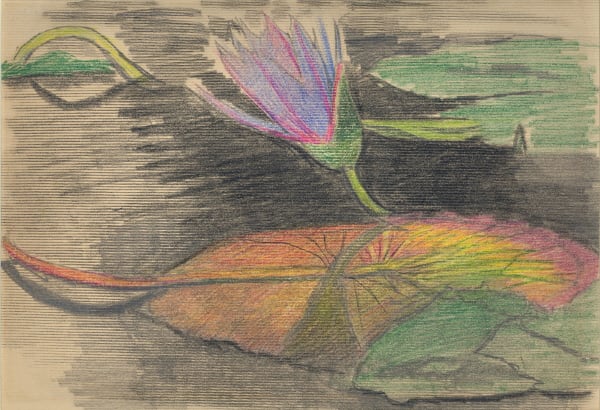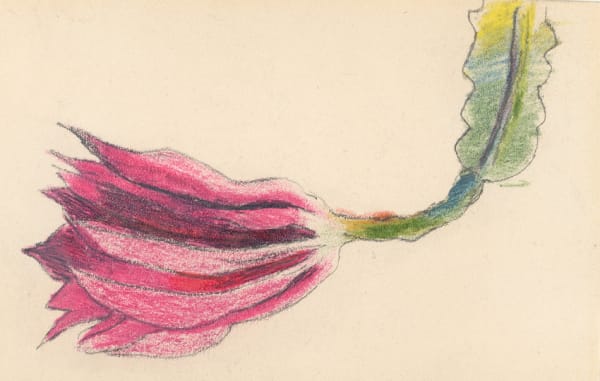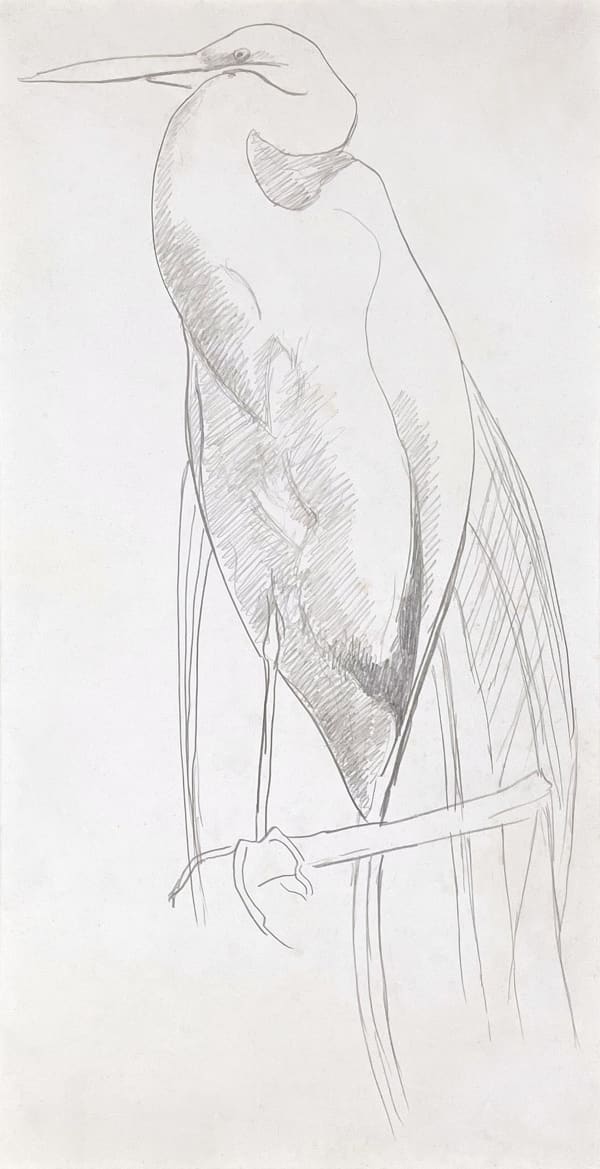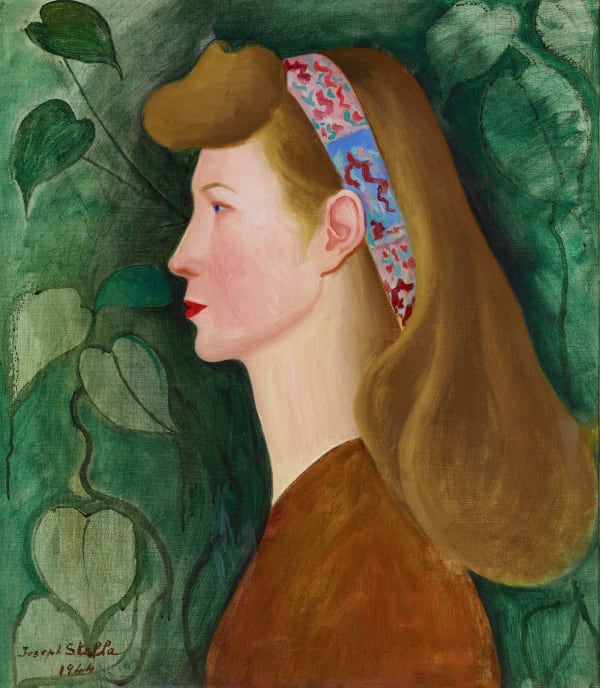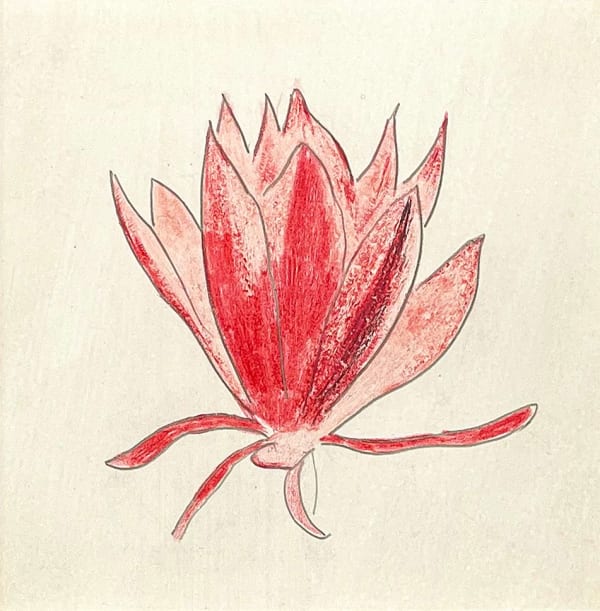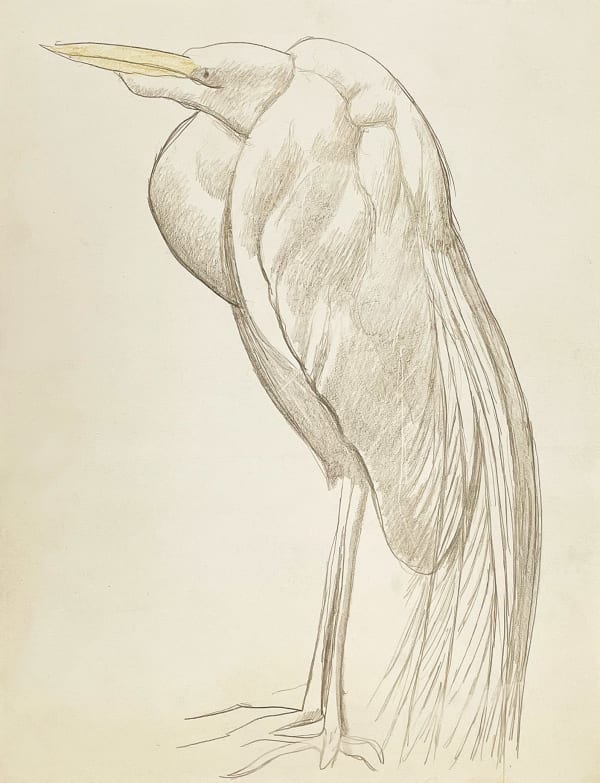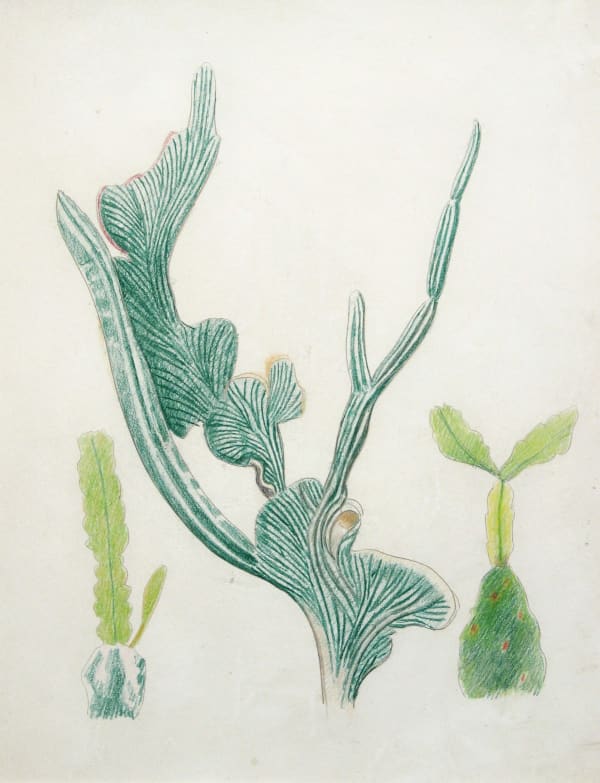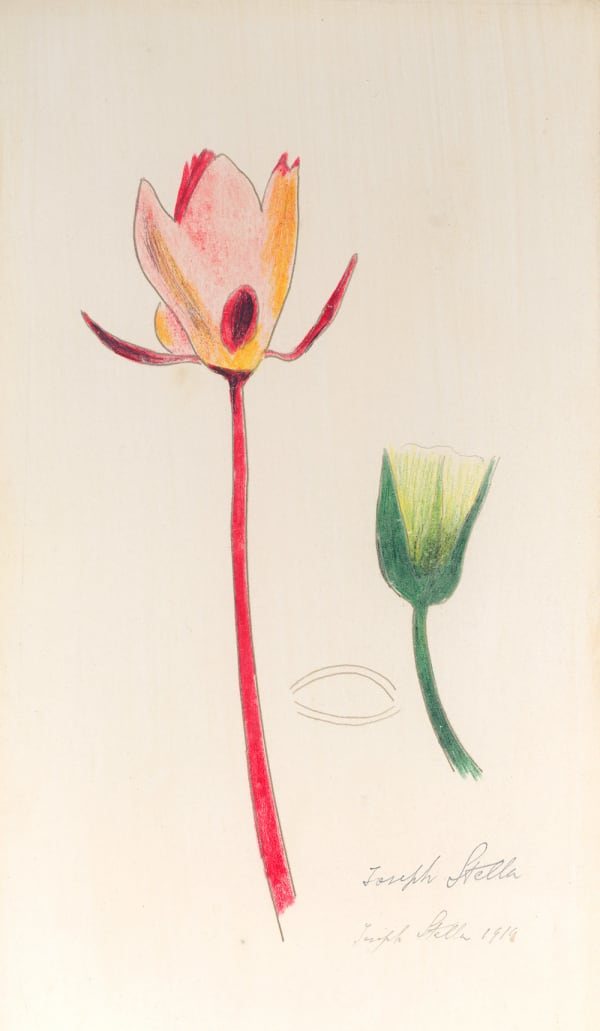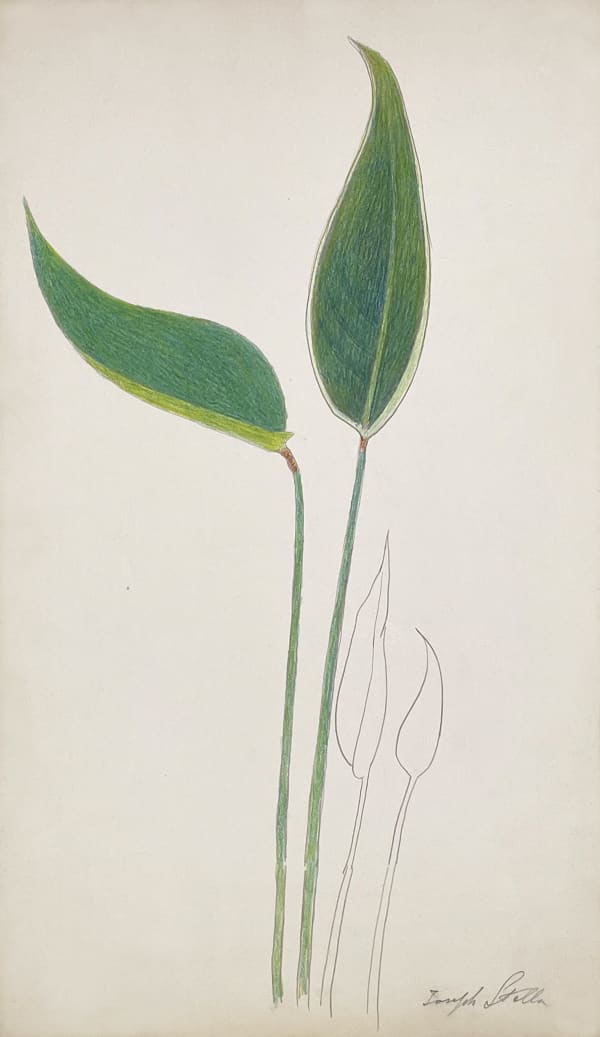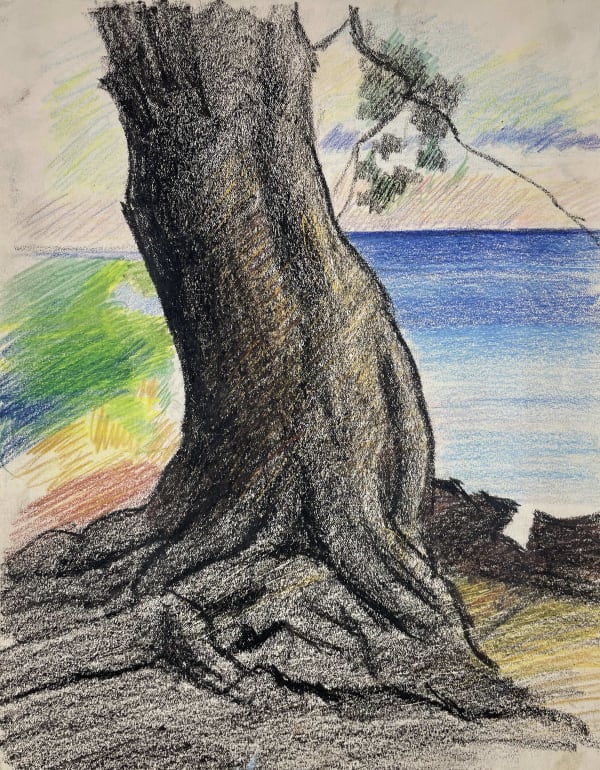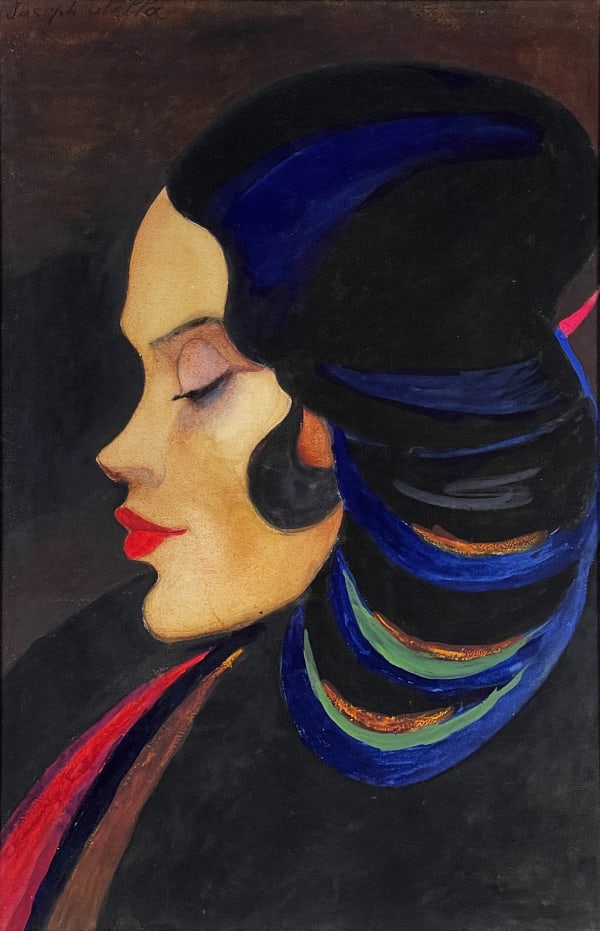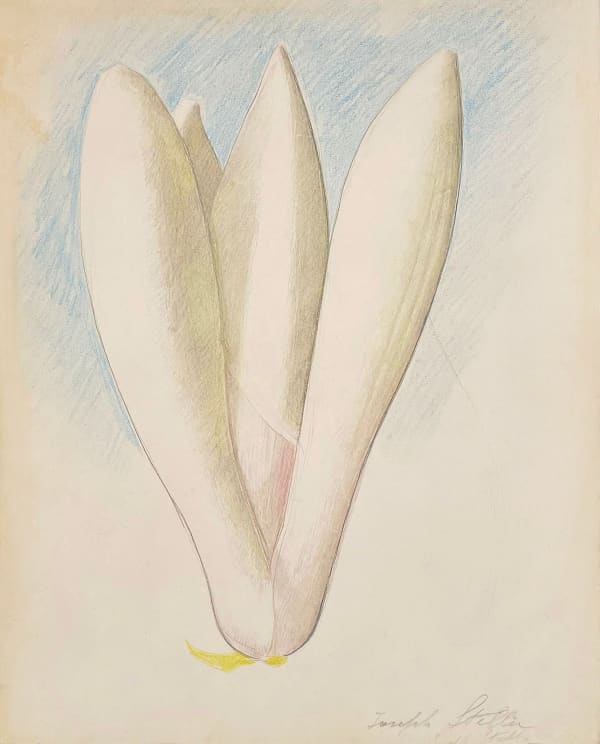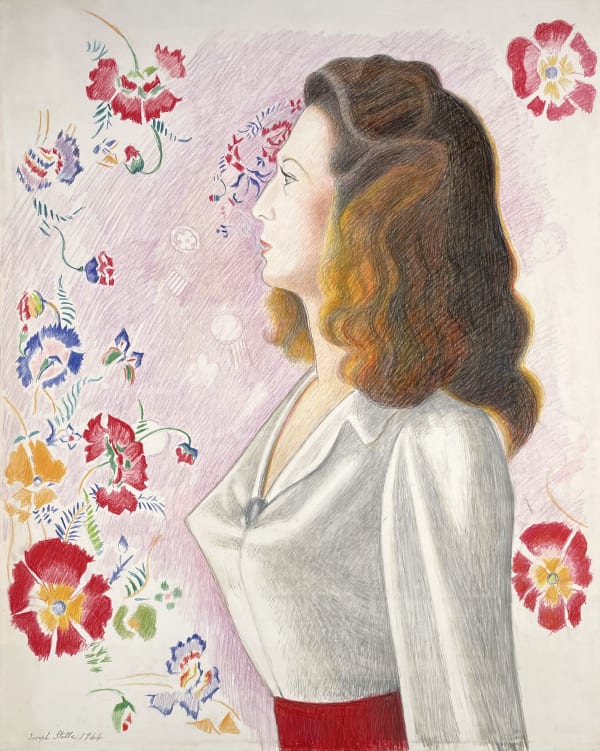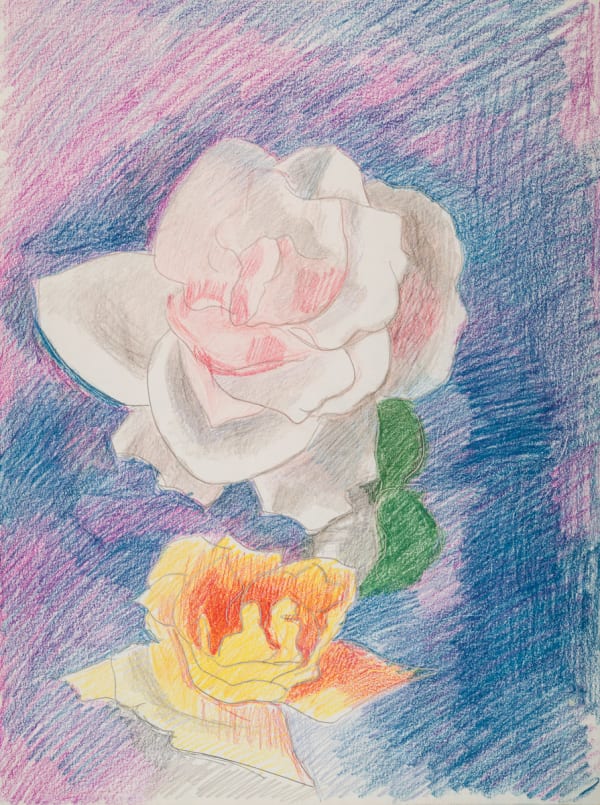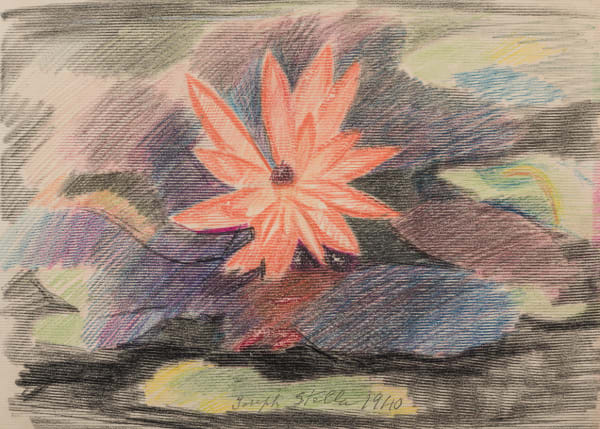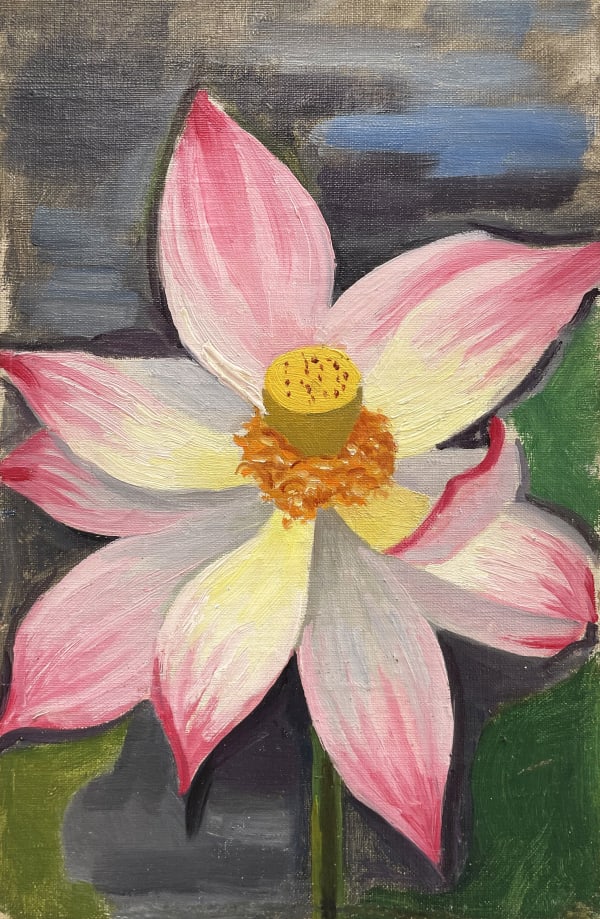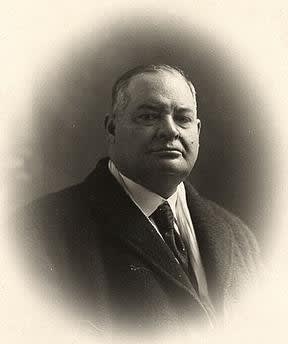Joseph Stella 1877-1946
-
 Blue Waterlily, c. 1930
Blue Waterlily, c. 1930 -
 Cactus Flower
Cactus Flower -
 Great Egret, No. 2
Great Egret, No. 2 -
 Little Blue Heron
Little Blue Heron -
 Portrait of Grace, 1944
Portrait of Grace, 1944 -
 Red Flower, c. 1920
Red Flower, c. 1920 -
 A Corner of Barbados, 1937
A Corner of Barbados, 1937 -
 Dogwood, 1919
Dogwood, 1919 -
 White Lilies
White Lilies -
 Pink and Green Waterlily, c. 1920-25
Pink and Green Waterlily, c. 1920-25 -
 White Waterlily with Yellow Center, 1919
White Waterlily with Yellow Center, 1919 -
 Four Flamingos
Four Flamingos -
 Great Egret, No. 1
Great Egret, No. 1 -
 Study for "Golden Fall", 1940
Study for "Golden Fall", 1940 -
 Cactus, 1914
Cactus, 1914 -
 Cactus Stems
Cactus Stems -
 Flowers in a Vase, c. 1930
Flowers in a Vase, c. 1930 -
 Pink Orchid, 1919
Pink Orchid, 1919 -
 Pink Waterlily, c. 1920-25
Pink Waterlily, c. 1920-25 -
 Red and White Waterlilies, 1919
Red and White Waterlilies, 1919 -
 Three Cacti
Three Cacti -
 Untitled (Flower)
Untitled (Flower) -
 Untitled (Tree Trunks)
Untitled (Tree Trunks) -
 Untitled (Woman's Head in Profile)
Untitled (Woman's Head in Profile) -
 Vert et Mauve
Vert et Mauve -
 White Iris with Fern, c. 1925
White Iris with Fern, c. 1925 -
 White Lotus Bud
White Lotus Bud -
 Woman with Floral Cloth Background (Portrait of Grace), 1944
Woman with Floral Cloth Background (Portrait of Grace), 1944 -
 Cactus, 1919
Cactus, 1919 -
 Lotus Leaves, c. 1920
Lotus Leaves, c. 1920 -
 Mixed Flowers, c. 1920
Mixed Flowers, c. 1920 -
 Pink and Yellow Roses
Pink and Yellow Roses -
 Pink Waterlily, 1940
Pink Waterlily, 1940 -
 Pink Waterlily with Green and Black Background, 1940
Pink Waterlily with Green and Black Background, 1940 -
 Single Stem Flower Vine, 1919
Single Stem Flower Vine, 1919 -
 Three Yellow Roses, c. 1920-25
Three Yellow Roses, c. 1920-25 -
 Still Life with Oranges
Still Life with Oranges -
 Blue Waterlily, c. 1930
Blue Waterlily, c. 1930 -
 Pink Flower
Pink Flower -
 The Heron, 1925 Sold
The Heron, 1925 Sold
To refresh and rebuild my chromatic vision I went to the flowers to learn the secret of the vibration of their colors.
-Joseph Stella
Born in Italy, Joseph Stella immigrated to New York City at the age of nineteen and went on to become one of America’s foremost modernist painters. He remained deeply loyal to his Italian heritage and was often torn between his love for both countries. As one Italian writer remarked, “Two instincts clash in him, two contrasting elements, two passions; two homelands crowd his creative thought." No doubt it was this very combination of cultures that enabled Stella to develop such a truly individual artistic style.
Stella showed an early passion and aptitude for art, and he enrolled at the New York School of Art in 1897, studying under William Merritt Chase. He was initially fascinated by the work of the Old Masters, and his early drawings demonstrate how well he adopted their techniques. In 1909, he was finally able to return to Italy for the first time in thirteen years, and he wrote in his typically effusive style, “What a tremor of joy erupted at last!" Stella spent two years in Italy, basking in the beauty of his homeland and immersing himself in the art of the Italian Renaissance. However in 1911, he set out for Paris where he was dazzled by the modernist art scene and inspired by its “hyperbolic chromatic wealth."
Stella returned to the United States determined to emulate the art of his time, however his first efforts revealed how reluctant he was to let go of illusionistic space and the influence of his Italian ancestors. Stella wrestled with this dilemma for much of his career, but he ultimately developed his own distinctive approach to painting, which reflected his conclusion that art should be free of “any bondage of time and locality."
Send me more information on Joseph Stella
-

In Bloom: Flowers in Art
5 Jun - 6 Sep 2024At a time when we are all preoccupied by the challenges of world events, we thought we would focus on something timeless: beauty. And what better way to contemplate beauty than with flowers! Artists have long used flowers and floral still life as a means to explore color, creativity, process and technique. And for many artists their exploration of the subject was and is a way to connect with and explore the natural world. This exhibition will range from exquisite floral watercolors on vellum from the late 18th century to vibrant Cubist abstractions from the 1920s to bold plein-air landscapes from today. The opening reception is on Wednesday, June 5th from 5:30pm to 8pm, and the exhibition will remain on view through Labor Day. Please be sure to visit us this summer!Read more -

Lyrical Spirit: The Natural World of Joseph Stella
8 Jun - 31 Aug 2023Avery Galleries is pleased to present an exhibition of works by Joseph Stella, complementing the Brandywine River Museum's exciting exhibition Joseph Stella: Visionary Nature. These two exhibitions both focus on Stella's lifelong engagement with nature. Stella’s work of flora and fauna demonstrate his deep connection to and close observational study of nature as a way to invigorate his creativity and sustain his human spirit. Please join us for the opening reception on Thursday, June 8th, 2023 from 5:30 to 8:30pm.Read more
